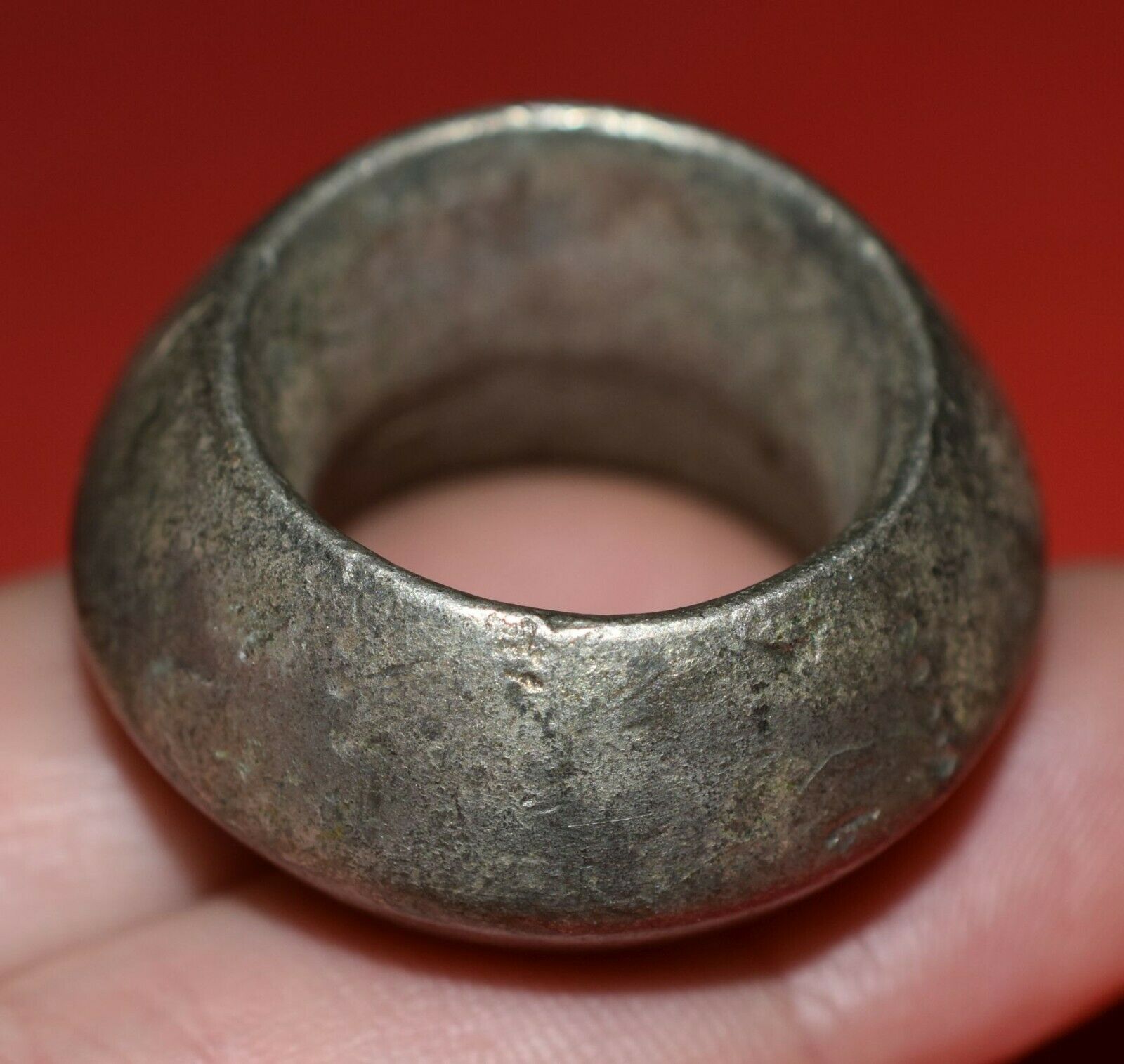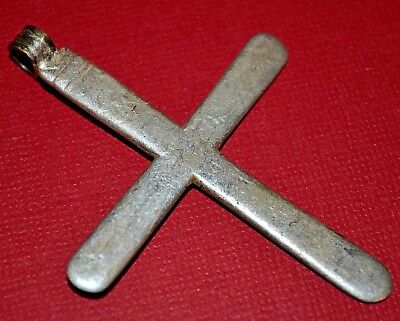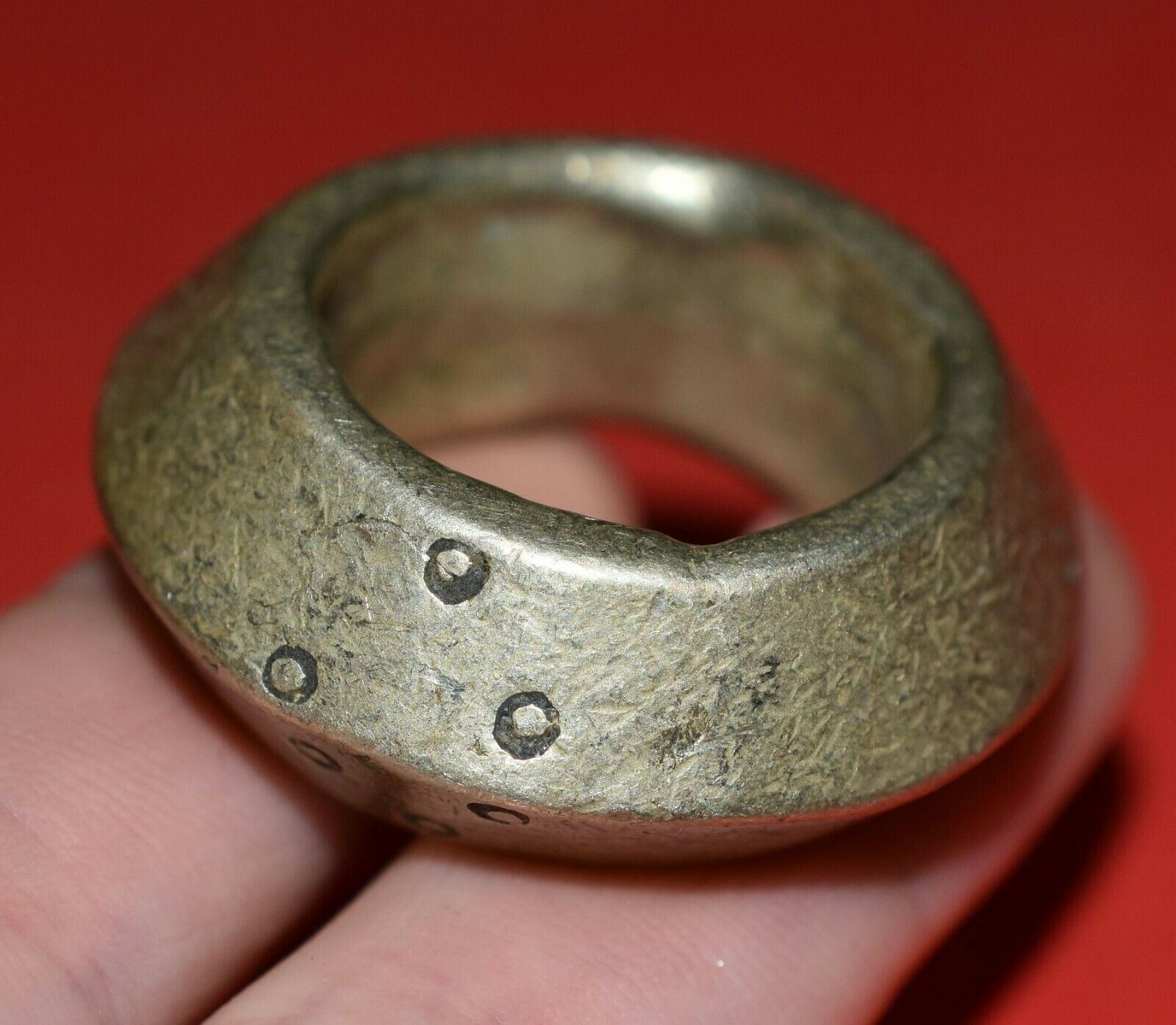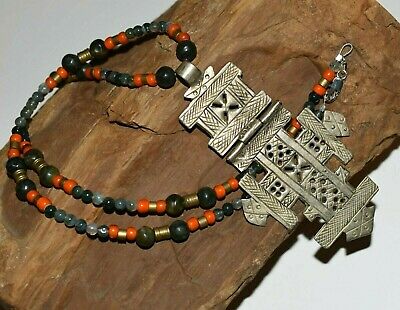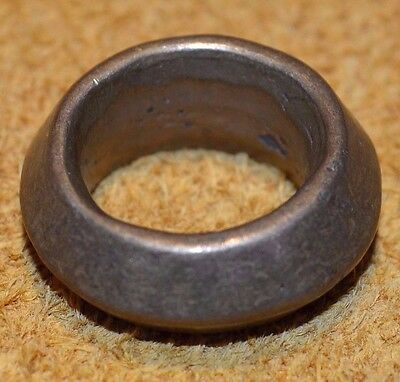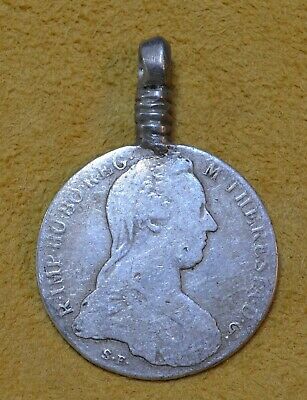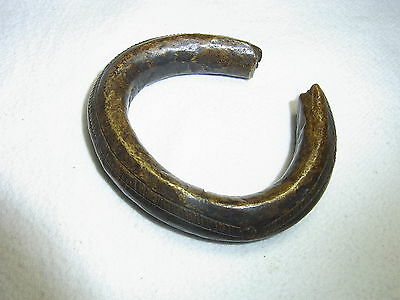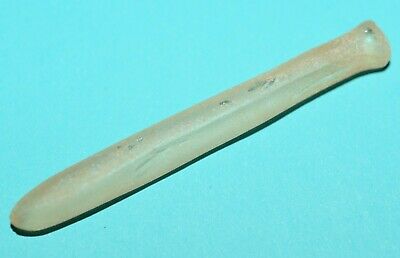-40%
Antique sterling Silver Berber Necklace from Morocco, Moroccan Necklaces
$ 245.52
- Description
- Size Guide
Description
This is a beautiful old sterling silver berber necklaces from morocco.This exquisite necklace is made by a sterling silver fibula chain, hanging from it 17 various and varied pendants in shape and size. Hanging gracefully are legs, arm, ear, lung ,a man with cross arms eyes, enigmatic glass beads featuring a parrot clasp with a hand one of the kind piece rare in every way
Length of the pendants : from 1"½ inches) to 1"⅜ 1"¼×1"inch
Width of the pendants : 5mm, 23mm,33mm 3mm
Length of the necklace : 18" inches long
Weight : 67.7 grams The History of Moroccan Jewelry
Morocco is reputed for the beauty of its arts, and jewelry is definitely one of them. What makes Moroccan Jewelry so special is the artisans that handcraft them and the women that proudly wear them. Moroccan Jewelry is appealing, not only for its aesthetic value but also for its symbolic history.
The history of Moroccan Jewelry has started a long time ago. For many centuries, Morocco has welcomed different immigrant groups. After the Spain Reconquista in 1492, many Jewish silversmiths came to Morocco and brought with them their expertise in terms of jewelry-making techniques. They started to share their knowledge with Berber neighbors. At that time, Moroccan jewelry was purely made of silver and the most popular techniques used were enameling, engraving, and filigree. Semi-precious stones such as amber, coral, and turquoise as well as amulets were often attached to the piece of jewelry.
Berber women wore so much of those jewelry pieces that it even became part of their identity. On one hand, acquiring jewelry had an economic meaning for the Berber community. In fact, it was considered as the private property of the Amazigh woman. In case of an economic crisis, she could decide to sell her pieces in order to support her family. On the other hand, it enabled her to describe who she truly was using a unique combination of necklaces, headbands, earrings, and bracelets.
Generally, all the pieces of Moroccan jewelry were combined with an amulet that has a specific signification. The most popular ones were and still are the hamsa and fibula.
The Hamsa is also known as “the Hand of Fatima” since it symbolizes the hand of the prophet’s daughter. Its main belief is that the wearer will be protected from evil eye and misfortune. The fibula is a symbol of women's shape and fertility. Mainly worn by Berber brides, it reflects the purity of the bride as well as her power for reproduction.
In the past, wearing a piece of Moroccan jewelry was much more than just adding an accessory to your outfit, it was a way to reveal your identity. Today, at Moroccan Birds, we want to bring back that notion of uniqueness by designing meaningful collections allowing you to define who you are. Great addition to your collection ❤️











